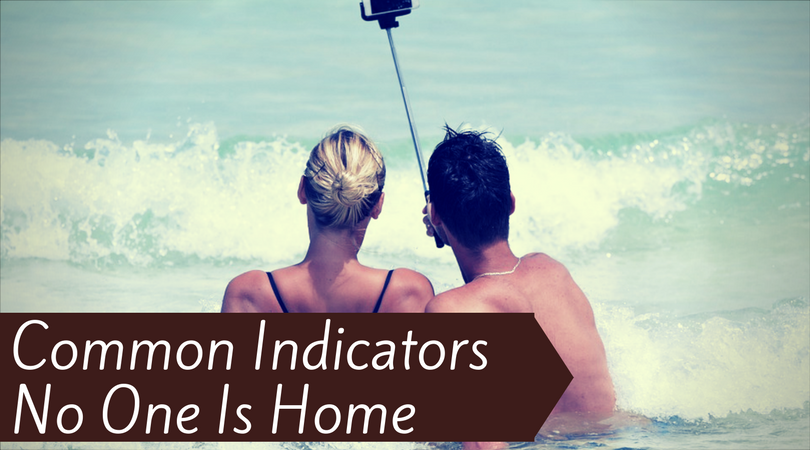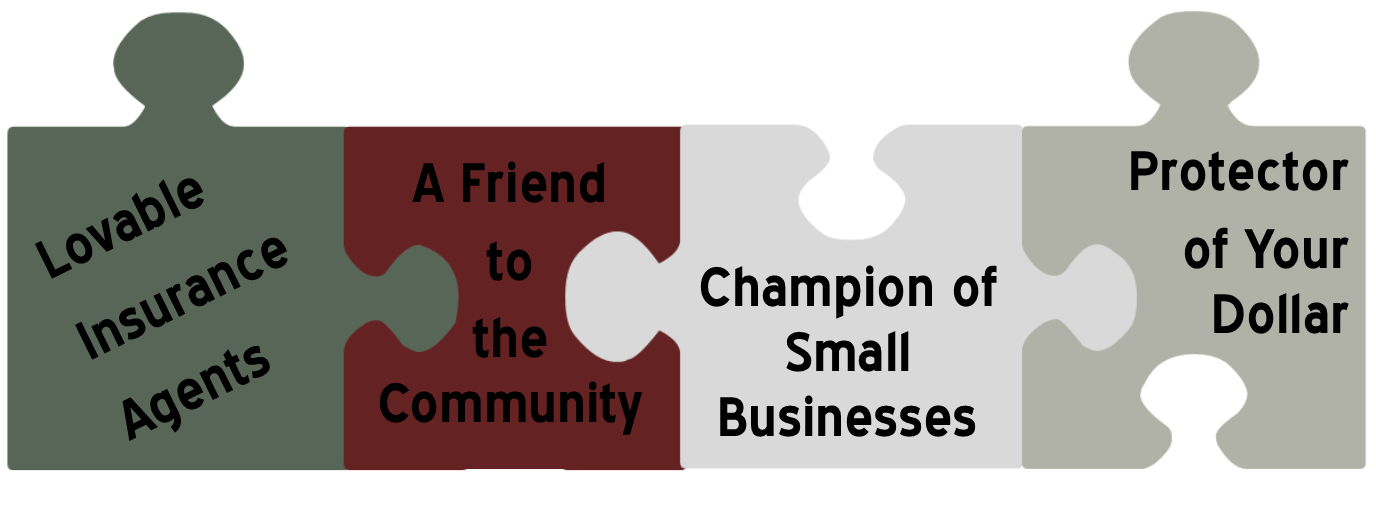Reduce the Risk of a Home Break In While On Vacation

| 742 Words | 4 min read |
The sand was warm and fun to bury your feet into. The sun gave you a smooth tan. The water was refreshing and was the playpen for the kids for a week. You are tired from the several hours flight back home and can only think about sleeping in your own bed and back to dreaming of palm trees and tall glasses of tea. But as you get home, you notice that the door was unlocked. Nervous yet hopeful that you just simply forgot to lock the door, you look around to find some key items missing. Your laptop, some jewelry, your TV. You’re now certain someone robbed you.
This situation may sound like a made up movie but according to Safeguard the World, over 2 million home burglaries are reported every year in the U.S. This means there is a home break in every 13 seconds. Summer is the season with the highest percentage of home break ins. The common burglar is non-professional who is desperate and looking for items to quickly turn into cash.
For these burglars, they are not looking for a hard target, but the easiest one to slip in and out. That means unoccupied homes, especially those left unoccupied for longer than a week, are some of the easiest targets.
How do you reduce the risk of a break in while on vacation? Make your home less of a target. This means to avoid giving away signs that you are on vacation. Here are some common mistakes below.
1) Uncollected Mail/Newspapers
When your mailbox is overflowing and the newspapers are piling up on the front porch, this is the best indicator that no one is home.
Simply put your mail on hold with the post office while you are away and your newspaper as well. Here is a link to the Greeley Tribune to put your newspaper on hold.
2) Lights On or Off?
You may debate whether to leave lights on or off while you’re away but both ways are indicators that no one is home. Leaving your lights off automatically means no one is home. But if lights are on all night, including the wee hours when people are asleep, that is also a good indicator no one is home.
To make your house look lived in, buy a simple timer for your lights. This automatic feature reduces you as a target and cost effective. You can find timers from $15-$80.
3) Curtains Closed or Open?
This is also a debate to consider for your house. An indicator that no one is home is to leave your blinds closed all week if you typically have them open. Leaving them open also allows for neighbors or the police to spot burglars through the windows.
4) Locked Everything?
You’re probably in the habit of locking your doors before you leave the house, but how about your upper story windows? Or the garage door? Statistics show that burglars will bypass a home if it takes more work than hoped for or skills or tools needed to get in.
5) Lawn Needs Mowing?
Another indicator no one is home is having the lawn unmown for longer than normal or the driveway unshoveled of snow. Trash not put out on the curb is another indicator.
Pay a neighbor or ask a friend to shovel or mow the lawn while you’re away. This also allows them to check on the house while they are there.
6) Is Your Spare Key Where You Left It?
If your house is being scouted as unoccupied, don’t let the intruders job become easier by leaving your spare key where they can easily find it such as under the rug or in a pot.
Store the spare key while on vacation or give it to a neighbor to check on the house.
7) Are You Posting on Facebook While on Vacation?
You may want to show all your friends and family that you’re having a great time on vacation and wishing them they were all there with you. But social media is a great indicator to people that your house is vulnerable.
Wait to post your pictures on social media until you are home. This also allows you to invest where you are at with the people you are with while on vacation.
Resources
14 Ways to Protect Your Home While On Vacation
Security Statistics
Guide to Timer Light Switches
